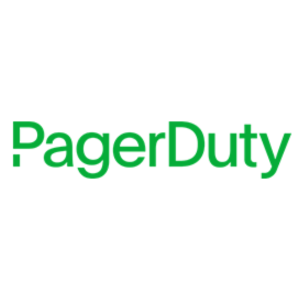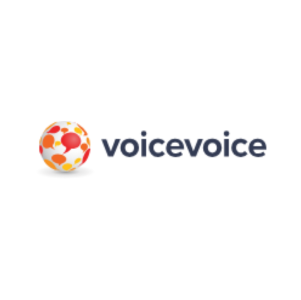Insights
INSIGHTS
All Topics
My Account
The best practices for digital training
23 Sep 2024by Christine Chiu
Make sure your hybrid and remote workers have the right skills
Hybrid and remote work are not going anywhere. As of June 2024, Statista reports that over a quarter of workers are hybrid, meaning they both work from home and travel to the office.
The hybrid and remote working models have transformed the way in which new joiners are integrated and learn new skills. E-Learning is popular with organisations because it’s an easy way to deploy lessons at scale.
Learning can become more accessible, flexible, and inclusive when delivered online. Use our best practices and top tips to maximise the benefits of digital training and eLearning.
Use inclusive language
Using simple language makes the digital training easy to understand and appeals to a wide range of audiences. Remember, English may not be everyone’s first language.
Top tip: Run the training material through an online editor like Hemingway app. The grade lets you know whether the text is too complicated.
Make it accessible for all abilities
Do an accessibility audit once the content has been agreed. Look out for small fonts and graphics without alt text. And where videos are used, make sure it’s closed captioned.
Top tip: Check out our accessibility audit checklist for more details.
Be clear about the aims
During the planning phase, ensure that the outcomes are clearly defined. For example, new joiner digital training may include getting up to speed on policy, whereas more established employees might benefit the most from advanced digital skills training.
Think about what is most needed in the charity and set goals accordingly.
Top tip: Goal setting strategies help determine what’s the best approach to achieving learning aims.
Check out similar platforms
There’s no need to reinvent the wheel. Most digital trainings have been delivered in one form or another. Check out similar platforms and how they communicate messages.
Top tip: For charities who don’t want to design their own materials, The Charity Leaning Consortium has a pick-and-mix of modules to deploy.
Create bite-sized content
Learning pages of text or sitting through a tutorial that is hours long is a challenge for even the best of students. One best practice of producing eLearning content is ensuring that each lesson is as short as possible to deliver the content, while still being of a high standard.
Top tip: Develop a schedule of regular programming so your audiences can build up their knowledge.
Quality assurance matters
Test the digital learning materials before distributing them at large. Select a focus group so production teams can understand and amend any tech glitches that may occur. Foregoing technical checks can lead to users becoming frustrated and can get in the way of their learning.
Top tip: Test the content, sound, and text on various devices to ensure maximum compatibility.
Incorporate interactive media
Boring media that only contains text and graphics is out of fashion. Interactive media includes feedback elements like polls, quizzes and games. This type of content focuses on engagement and gathering input from audiences.
Top tip: Use this type of media to improve each generation of digital training.
Don’t ignore aesthetics
Best practice for online learning includes creating appealing visuals. There are lots of platforms to help with this. For those on a shoestring budget, Canva offers DIY graphics editors and templates.
Top tip: Get started with free editing software and lean on freelancers for those on a budget.
Share real-life examples
When deploying digital training, bring the lesson to life with case studies. Modules related to charity mission are easily showcased by beneficiary testimonials. For digital fundraising training, for example, go through past campaigns to reveal what works and what doesn’t.
Top tip: At times, it may be appropriate to share case studies of what didn’t go well.
Blend in real-life modules
The most memorable digital training sessions are actually hybrid. Blend in-person exercises with online modules so content is reinforced. For example, digital fundraising tutorials could start out online by outlining the basics. Then, the in-person training could focus on lessons more relevant to in-person fundraising, like how to ask for funding when at an event.
Top tip: For fundraising modules, focus on storytelling to boost income.
Use a learning management system
For larger charities with ongoing eLearning needs, a learning management system helps keep modules in order. The platform houses all forms of content and regularly reminds staff to take up the course when due.
Top tip: The best digital learning platforms take into consideration both what the organisation requires and individual learning ambitions.
Offer learning recaps
Learning includes being reminded of previous sessions. When designing the modules, remember to set aside a few minutes to recap the material or prerequisite study.
Top tip: Reminders can be in the form of quizzes or interactive content at the end of each lesson.
More on this topic
Recommended Products
Related Videos
Our Events
Charity Digital Academy
Our courses aim, in just three hours, to enhance soft skills and hard skills, boost your knowledge of finance and artificial intelligence, and supercharge your digital capabilities. Check out some of the incredible options by clicking here.




















